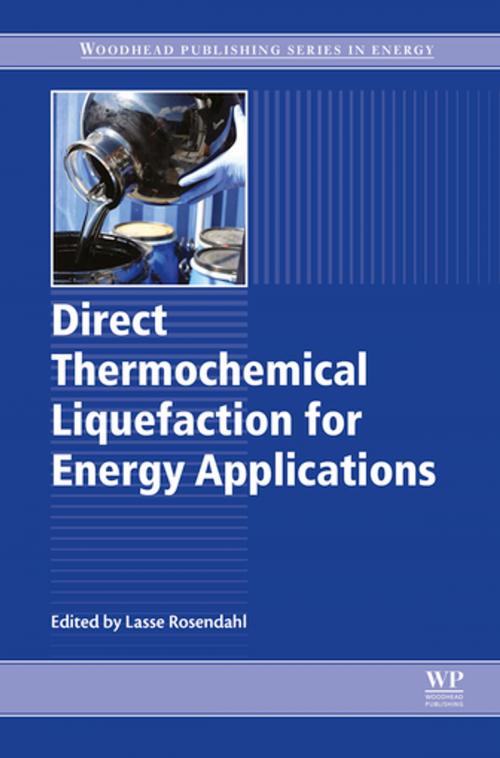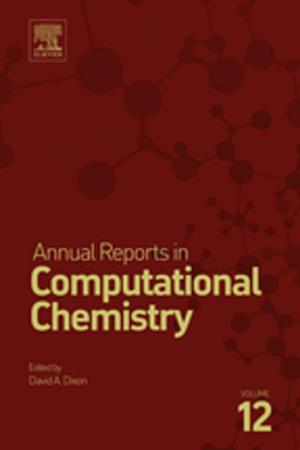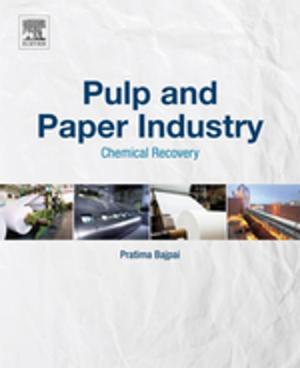Direct Thermochemical Liquefaction for Energy Applications
Nonfiction, Science & Nature, Technology, Environmental, Power Resources| Author: | ISBN: | 9780081010259 | |
| Publisher: | Elsevier Science | Publication: | November 14, 2017 |
| Imprint: | Woodhead Publishing | Language: | English |
| Author: | |
| ISBN: | 9780081010259 |
| Publisher: | Elsevier Science |
| Publication: | November 14, 2017 |
| Imprint: | Woodhead Publishing |
| Language: | English |
Direct Thermochemical Liquefaction for Energy Applications presents the state-of-the-art of the value chains associated with these biomass conversion technologies. It covers multiple feedstock availability and feedstock composition impact on process chemistry and product quality and composition. Expert authors from around the world explore co-processing benefits, process parameters, implementation and scaling, upgrading to drop-in liquid biofuels or integration into existing petrochemical refinery infrastructure.
Finally, these topics are put into a sustainability perspective by establishing an LCA framework for this type of process. Its focus on implementation based on the most comprehensive knowledge makes this book particularly useful for researchers and graduate students from all sorts of background working in the field of biomass and biofuels. It is also a valuable reference for engineers working to commercialize DTL technologies, engineering specialists designing process equipment, refinery professionals and developers.
- Focuses on implementation and scaling of direct thermochemical liquefaction technologies for biomass conversion into biofuels
- Covers the state-of-the-art of the technologies, as well as technical and sustainability implementation aspects
- Includes new approaches and concepts developed around the world within the different DTL technologies
Direct Thermochemical Liquefaction for Energy Applications presents the state-of-the-art of the value chains associated with these biomass conversion technologies. It covers multiple feedstock availability and feedstock composition impact on process chemistry and product quality and composition. Expert authors from around the world explore co-processing benefits, process parameters, implementation and scaling, upgrading to drop-in liquid biofuels or integration into existing petrochemical refinery infrastructure.
Finally, these topics are put into a sustainability perspective by establishing an LCA framework for this type of process. Its focus on implementation based on the most comprehensive knowledge makes this book particularly useful for researchers and graduate students from all sorts of background working in the field of biomass and biofuels. It is also a valuable reference for engineers working to commercialize DTL technologies, engineering specialists designing process equipment, refinery professionals and developers.
- Focuses on implementation and scaling of direct thermochemical liquefaction technologies for biomass conversion into biofuels
- Covers the state-of-the-art of the technologies, as well as technical and sustainability implementation aspects
- Includes new approaches and concepts developed around the world within the different DTL technologies















